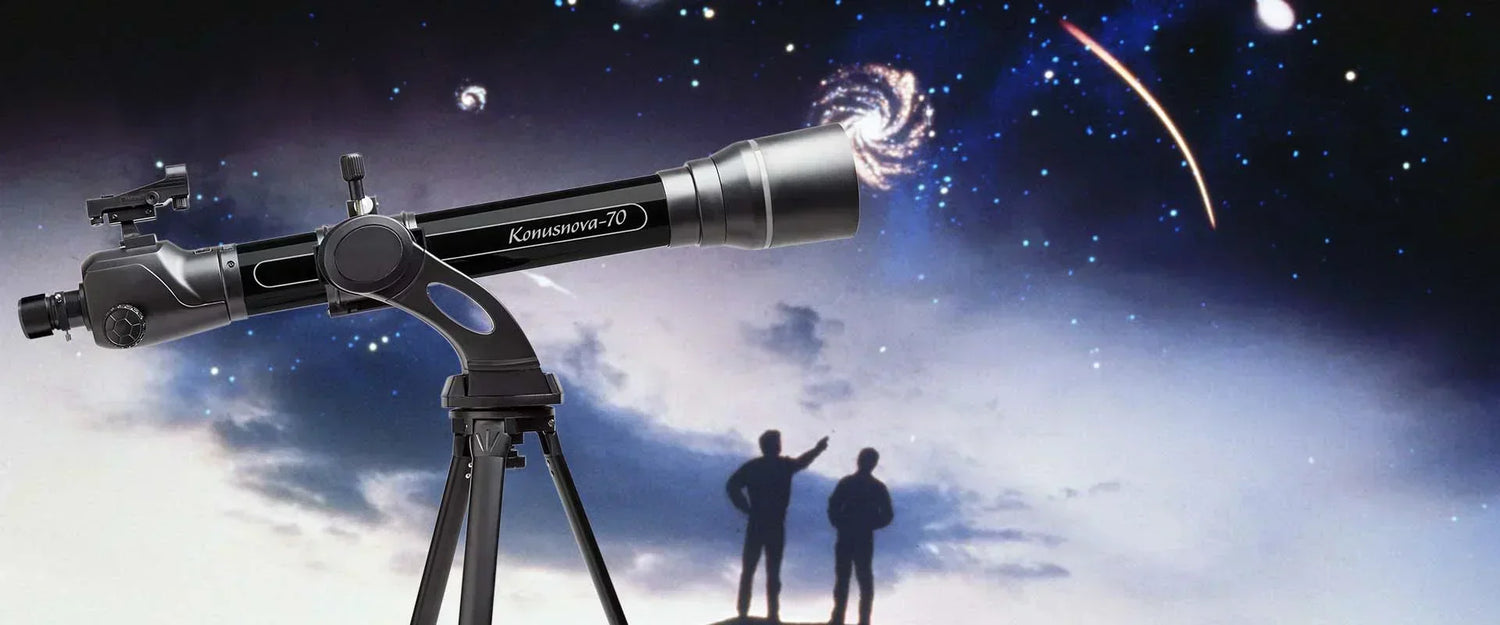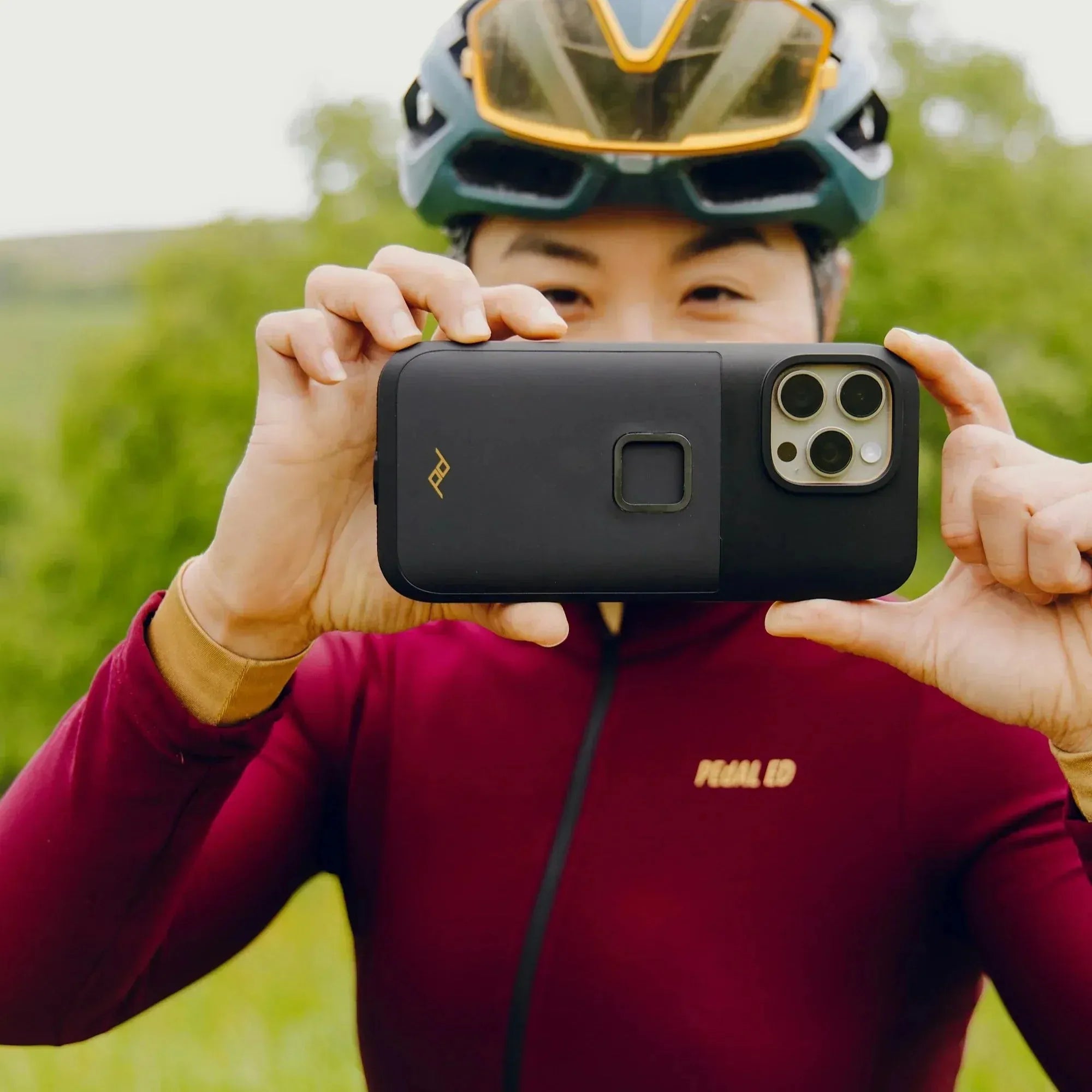Whether you’re watching the stars during Matariki, exploring the Southern Cross, or spotting comets like the recent bright ones visible from New Zealand, a telescope can unlock the wonders of the night sky. But with so many options, how to choose a telescope that fits your needs? This guide will help you pick the perfect telescope, whether you’re a beginner, a budding astronomer, or an enthusiast looking for the best telescope for astrophotography.
Who Will Use the Telescope?
Start by narrowing it down—first, consider who will use the telescope.
Kids & Beginners
We recommend simple, lightweight models like the Konuspace-6 or Konusfirst series—easy to set up, perfect for young explorers, and affordable for families starting their stargazing journey.
Teens & Adults Starting Out
Versatile telescopes like the Konusnova-70 (refractor) or Konusnova-114 (reflector) offer more features while remaining user-friendly—ideal for those learning how to choose a telescope for beginners.
Advanced Users & Astrophotography
If you’re serious about astronomy or want a telescope for astrophotography, motorized models like the Konustart-900B (with automatic tracking) are the best choice.

What Will You Observe? Terrestrial, Astronomical or both?
A second key element in the choice is the intended use of the telescope.
Terrestrial or combined observation
If the main use will be terrestrial or combined (terrestrial + astronomical) observation the advice is to choose a refracting telescope, also called a Galilean. This type of instrument, based on a lens system, ensures excellent daytime images and can be converted into a powerful telescope with the addition of an image rectifier. A refractor telescope (like the Konusnova-70) delivers sharp, bright images, It also perfect for daytime use & Bird Viewing.
Astronomical use
Predominantly astronomical use? A reflector telescope, or Newton, which uses a mirror system is more appropriate choise. The reflectors provide greater light-gathering capacity and are ideal for observing deep sky objects such as nebulae, galaxies and star clusters. A reflector telescope (like the Konusnova-114) captures more light, making faint objects like the Magellanic Clouds (visible from NZ!) clearer.
Refractor or Reflector? The differences
Refractor
The refracting telescope uses a lens system. It offers sharper, more contrasting images, perfect for observing planets, the Moon and bright stars, and can also be used during the day for terrestrial observations.
Reflector
The reflector telescope, on the other hand, uses mirrors and absorbs more light, making it ideal for weaker celestial objects such as galaxies and nebulae. It is particularly suitable for those who want to approach astronomical photography.
Key Telescope Specifications to Consider
Aperture (Lens Diameter): Bigger aperture = brighter, sharper images. For Beginners we suggest: 70mm–114mm. Deep-sky viewing: 130mm+.
Focal Length: Determines magnification (divide telescope focal length by eyepiece focal length). Longer focal lengths (700mm–900mm) suit planetary viewing.
Mount Type (Frame): Altazimuth (simple) is Best for beginners while Equatorial (with tracking system) is essential for astrophotography.
Konus Telescope Recommendations for NZ Stargazers
| User Level | Best Konus Model | Best For |
|---|---|---|
| Kids & Beginners | Konuspace-6 / Konusfirst | Easy setup, fun learning |
| Beginners (Teens/Adults) |
Konusnova-70 (Refractor) |
Moon, planets, daytime viewing |
| Intermediate |
Konusnova-114 Konusmotor-130 |
Deep-sky objects (nebulae, galaxies) |
| Advanced / Photography |
Konustart-700b Konustart-900B |
Astrophotography, precise tracking |
Stargazing Tips for New Zealand
Matariki (Māori New Year): Perfect for observing the Pleiades star cluster.
Dark Sky Reserves: Visit Aoraki Mackenzie or Great Barrier Island.
Southern Hemisphere Highlights: The Southern Cross, Omega Centauri, and Magellanic Clouds.
Ready to Explore the Stars?
Choosing the best telescope for beginners or astrophotography ensures years of discovery. At GearUp New Zealand, we stock Konus telescopes for every level—from first-time users to seasoned astronomers.


